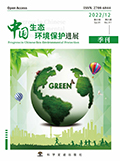参考文献
[1] 王学川, 王晓芹, 强涛涛. 生物质废弃物资源化利用研究进展[J]. 现代化工, 2015, 35(8): 63-66.

